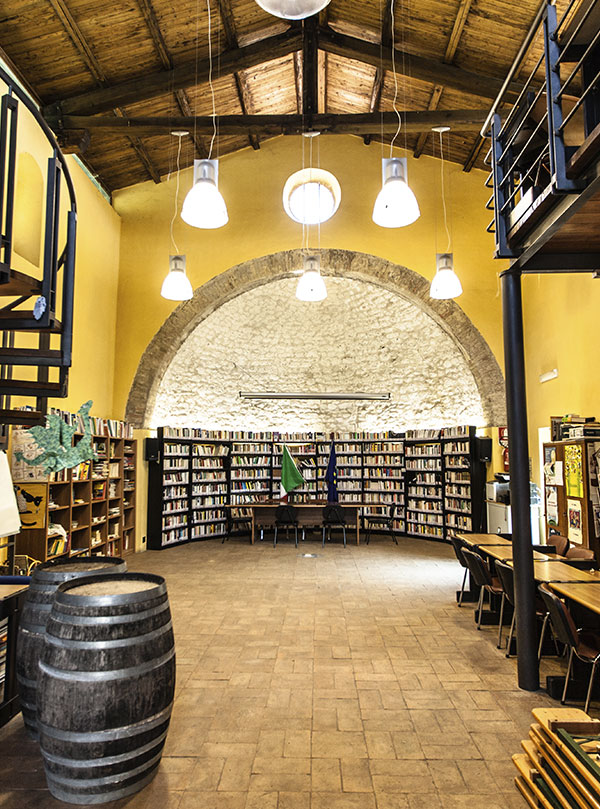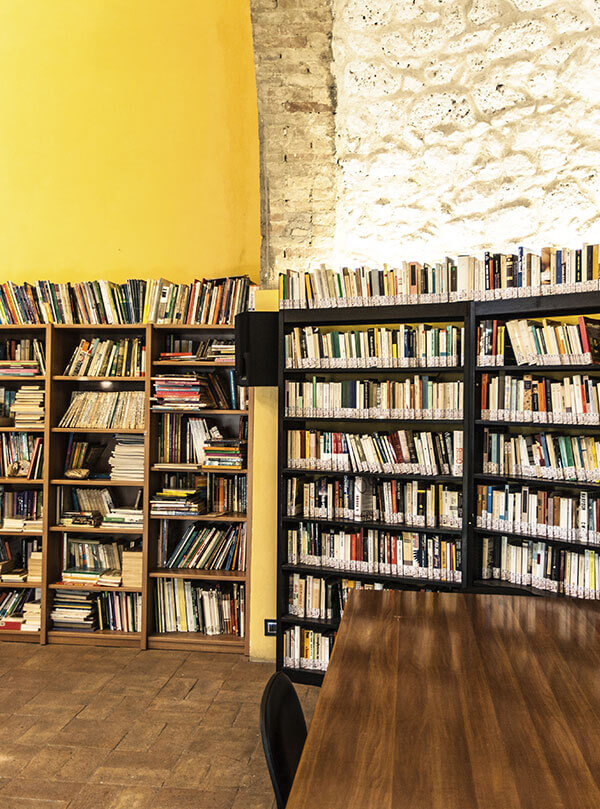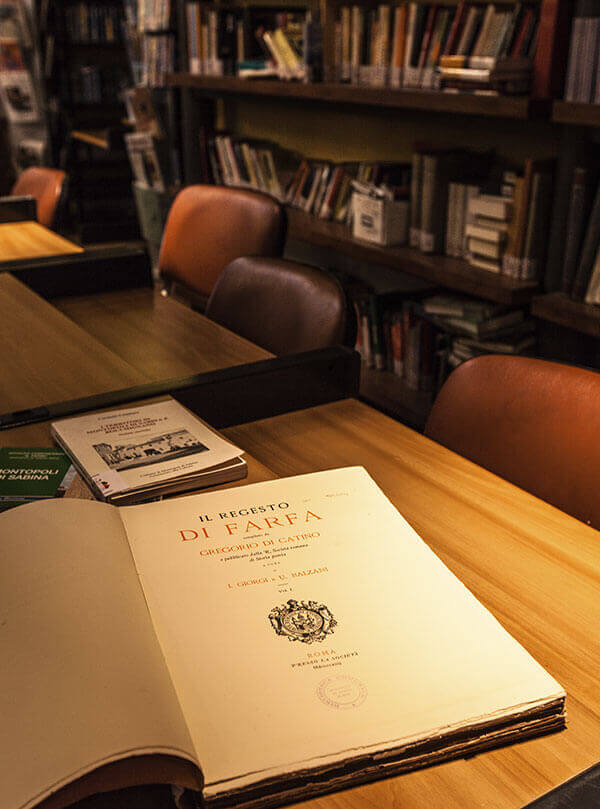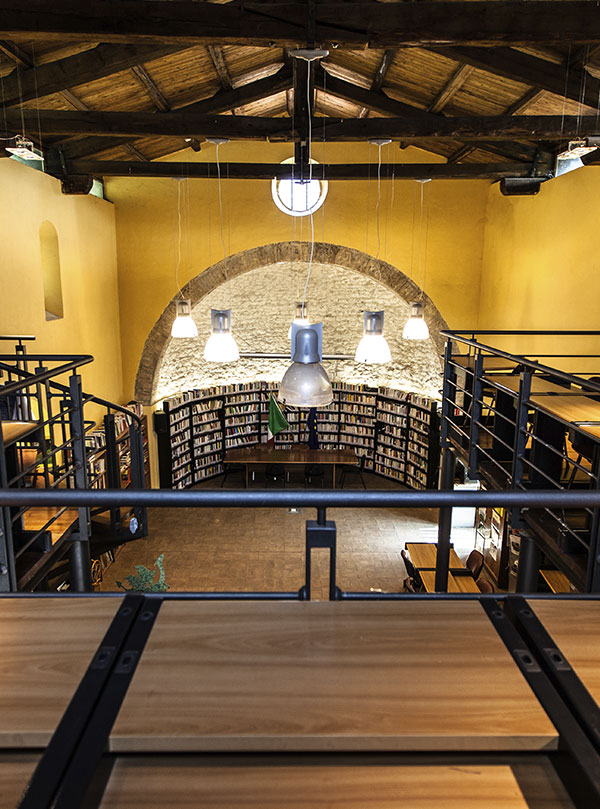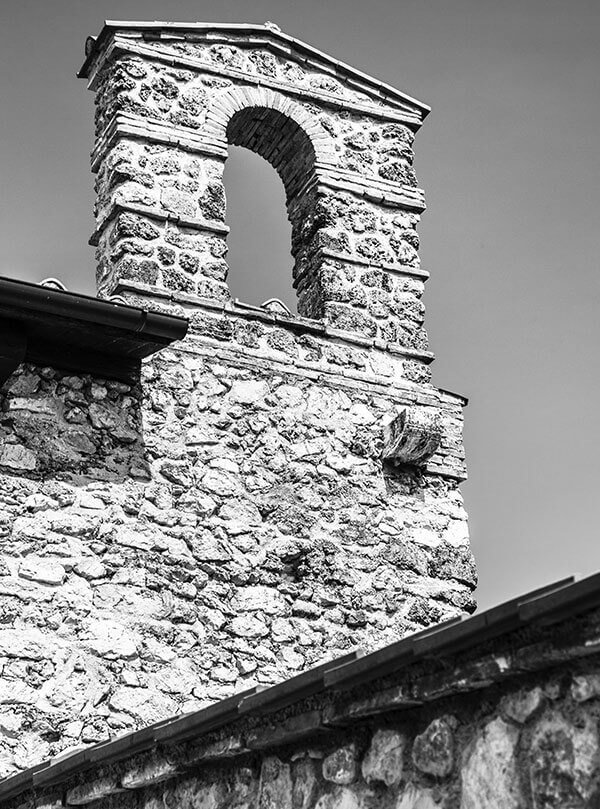The municipal library “Angelo Vassallo” of Montopoli di Sabina is a public library located in the historic center of the town, founded in 1976 , is part of the Lower Sabina Library System.
It has a collection of about 30,000 volumes, including books on fiction, nonfiction, history, art, music, cinema, etc. It also has a local section dedicated to the history and culture of Sabina.
It is also possible to borrow books or even just consult them within the library,access the Internet for research and study.
The library also actively organizes events such as book presentations and lectures.
Montopoli di Sabina Library

Position
Via Antonio Gramsci, 6
02034 Montopoli di Sabina (RI)

Opening hours
Monday, Tuesday and Thursday:
09:00 – 13:00
Tuesday, Wednesday and Friday:
15:30 – 19:30
The municipal library “Angelo Vassallo” of Montopoli di Sabina is a public library located in the historic center of the town, founded in 1976 , is part of the Lower Sabina Library System.
It has a collection of about 30,000 volumes, including books on fiction, nonfiction, history, art, music, cinema, etc. It also has a local section dedicated to the history and culture of Sabina.
It is also possible to borrow books or even just consult them within the library,access the Internet for research and study.
The library also actively organizes events such as book presentations and lectures.
The building that houses it was built in the 19th century and was later renovated in the 2000s.
CURIOSITA'
THE OLD CHURCH OF SAN SEBASTIANO
The library of Montopoli, before its restoration, was the main church in the village called by the Montopolese the bad church or San Sebastiano in Pretoriolo.
The church was functional for the inhabitants of the nearby castle of Bocchignano to garrison the Via Farfense, but then became the parish church of Montopoli until the entire 14th century.
Substituted in its parish function by the Church of St. Michael the Archangel, it first became the church of the nobility-until 1700 when the Church of Our Lady of Grace was erected-and once deconsecrated was used to house plague victims and transformed into a lazaret, under municipal management, with an adjoining cemetery







